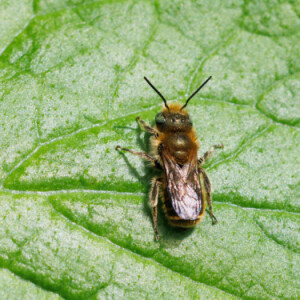Popular
R and I went to Hillers this morning for coffee and cake, and I used the opportunity to take a walk around their show garden, which is looking splendid, to check out the plants and see what invertebrates I could find. I was interested, though I confess slightly disappointed, to see that some of the most spectacularly beautiful plants weren't really attracting much attention from the pollinators, whereas others that were less attractive to me were positively buzzing with bees, wasps and flies.
This Geranium phaeum 'Lily Lovell' is a rather chaotic plant, with a tangle of tall stems topped by dark flowers with unusually reflexed petals. I probably wouldn't have looked at it twice had it not been covered with competing bees, but its obvious popularity was enough to make me buy one. Since getting it home I've read up on it and discovered that it has two other excellent attributes: it doesn't require much tending, and it likes damp shade, of which we have plenty. I'll be looking to find it a spot in the long north-facing border in the back garden.
I was pleased to capture this female red mason bee (Osmia bicornis) as she whizzed around the geranium flowers at Hillers on a foraging mission, and I'm happy to make her the subject of the day. Even better though, simply for being less common, is the male blue mason bee (Osmia caerulescens) in my second photo. I spotted a glint of gold swooping around the front garden as we arrived back home, and managed to stalk him to rest, but sadly he chose a perch that worked better for him than for me and this was the only shot I could get. Had I caught him on a better background, in a position that let me compose my image, he'd have been irresistible, but even this record shot shows his greeny-gold body and fabulous green eyes. If you're thinking "blue...?" (as well you might), this sexually dimorphic species owes its common name to its females, which have a metallic blue sheen.


Comments
Sign in or get an account to comment.


